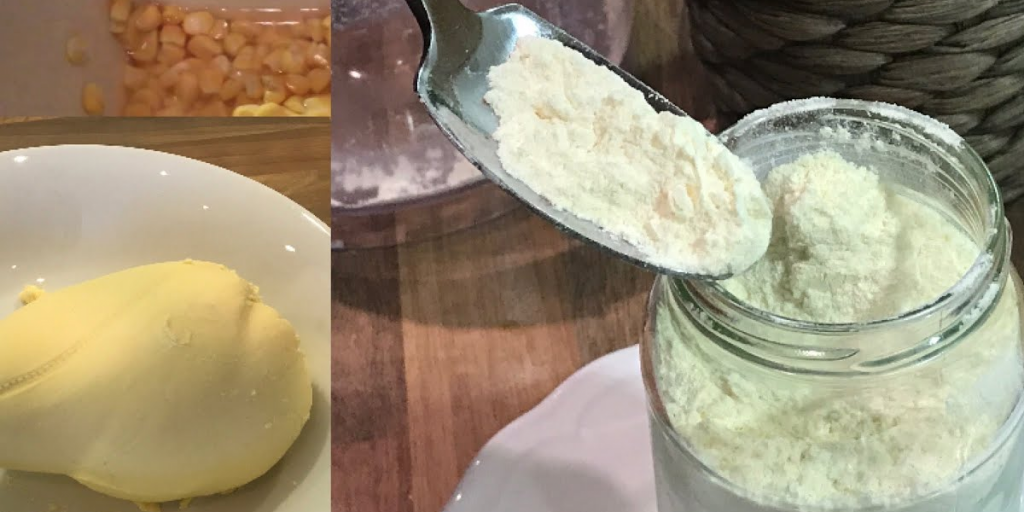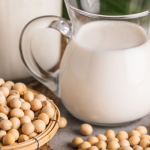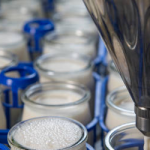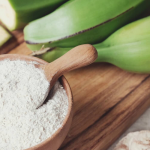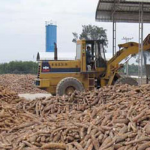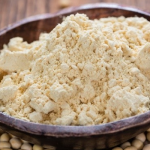Introduction
The locally made ‘ogi’ or ogi powder can be produced from maize, millet or sorghum or rice. Maize is a staple food across the world because of its high nutritional value. It has high level of starch and also value proteins and oils. Maize can contain a number of important B vitamins, folic acid, vitamin C and provitamin A (i.e., precursor to vitamin A). Maize is also rich in phosphorus, magnesium, manganese, zinc, copper, iron and selenium. It is a good source of dietary fibre and protein while being very low in fat and sodium (salt). Maize is naturally deficient in lysine and tryptophan which are two of eight amino acids regarded as essential for humans. So, it needs to be a part of a balanced diet. The traditional preparation of ogi involves soaking of corn kernels in water for 1 to 3 days followed by wet milling and sieving to remove barns, hulls and germ (the outer portion of the grains). The pomade is retained on the sieve and later discarded as animal feed while the filtrate is fermented for 2-3days to yield ogi which is sour, starchy sediment. For the sake of the experiment the starchy sediment is then subjected to heat through a vacuum dryer where it is properly dried so it can be ridded of moisture.
Objective of the Experiment
This experiment is carried out to produce a well fermented and nutritious ogi from both dry corn and sorghum.
Materials and Equipments
1. Muslin bag
2. Milling machine
3. Purified water
4. Buckets and Bowls
5. Dry corn.
Procedure
1. The corn which had been dried is cleaned thoroughly using water.
2. The cleaned corn is soaked in bowl for 3 days.
3. On the final day, the corn is washed thoroughly for two or three times and then wet milled.
4. The muslin cloth is then draped over the bowls and the mixture poured into it in batches. The remains is sieved in a bowl containing a clean amount of water till only chaff is left.
5. The muslin cloth is then taken off and the mixtures gotten from corn and sorghum was left to sediment for some hours (days if need be).
6. When the water becomes clear, the water residue in each bowl is decanted and the settled mixture at the bottom of the bowls transferred into a muslin cloth.
7. The bags are tied and the water allowed to drain.
8. The ogi is then put into the drying machine to dry thoroughly.
9. Packaging and labelling is done
The procedure is illustrated as shown in the flow diagram below:
Conclusion
The fermentation of maize involves washing, sieving and decanting, all of which induces changes in the chemical composition and nutritive value of the final product.
The lactic acid bacterium Lactobacillus plantarum, the aerobic bacteria Corynebacterium and Aerobacter, the yeasts Candida mycoderma, Saccharomyces cerevisae and Rhodotorula and moulds Cephalosporium, Fusarium, Aspergillus and Penicillium are the major organisms in the fermentation and nutritional improvement of ogi. Substantial nutrient losses occur during the various steps of ogi processing. Steeping, milling and sieving are the processing steps during which considerable nutrient loss take place. Processing of ‘ogi’ into powder retards the microbial effect as a result of removal of moisture since most microorganisms require moisture to thrive. Therefore, powdered ‘ogi’ has a higher shelf life than the wet one. ‘Ogi’ is a very nutritious food and an important source of nutrient especially for actively growing children.
Download “Production of Powdered Ogi”
Production-of-Powdered-Ogi.docx – Downloaded 0 times – 15.15 KB
